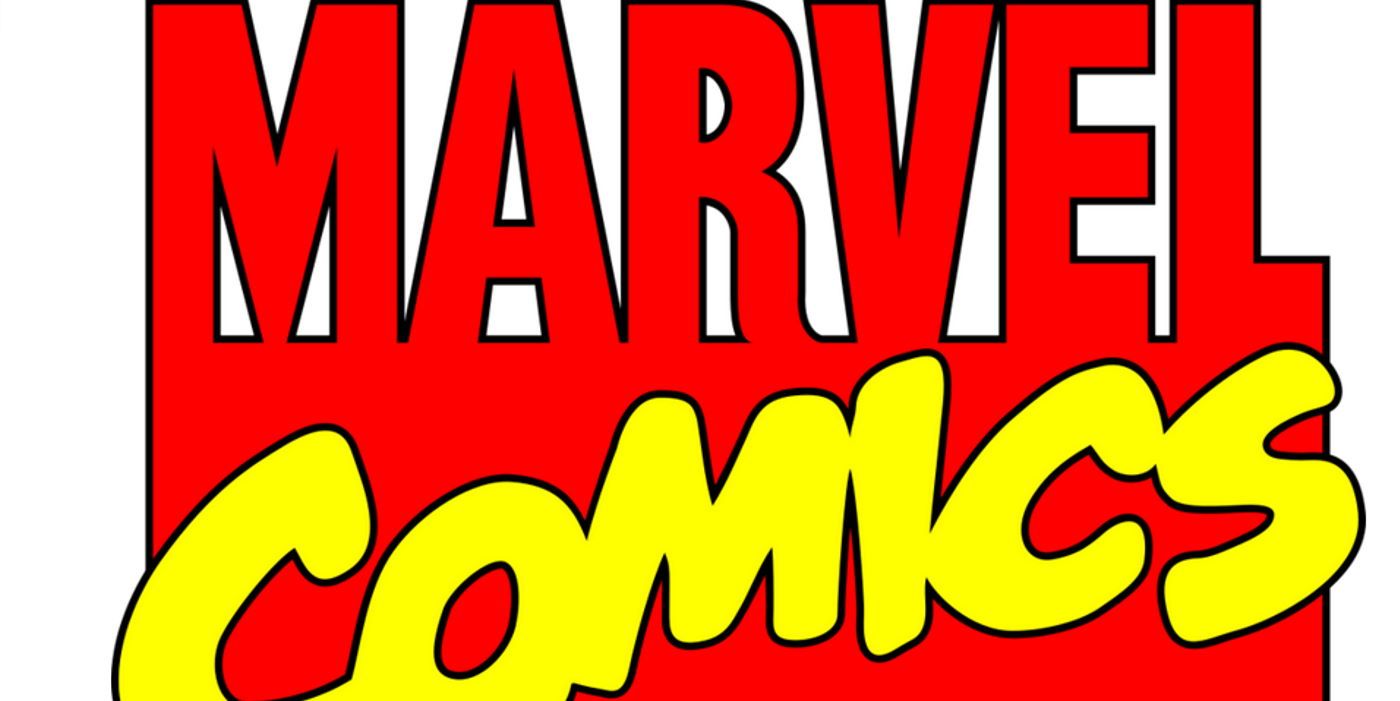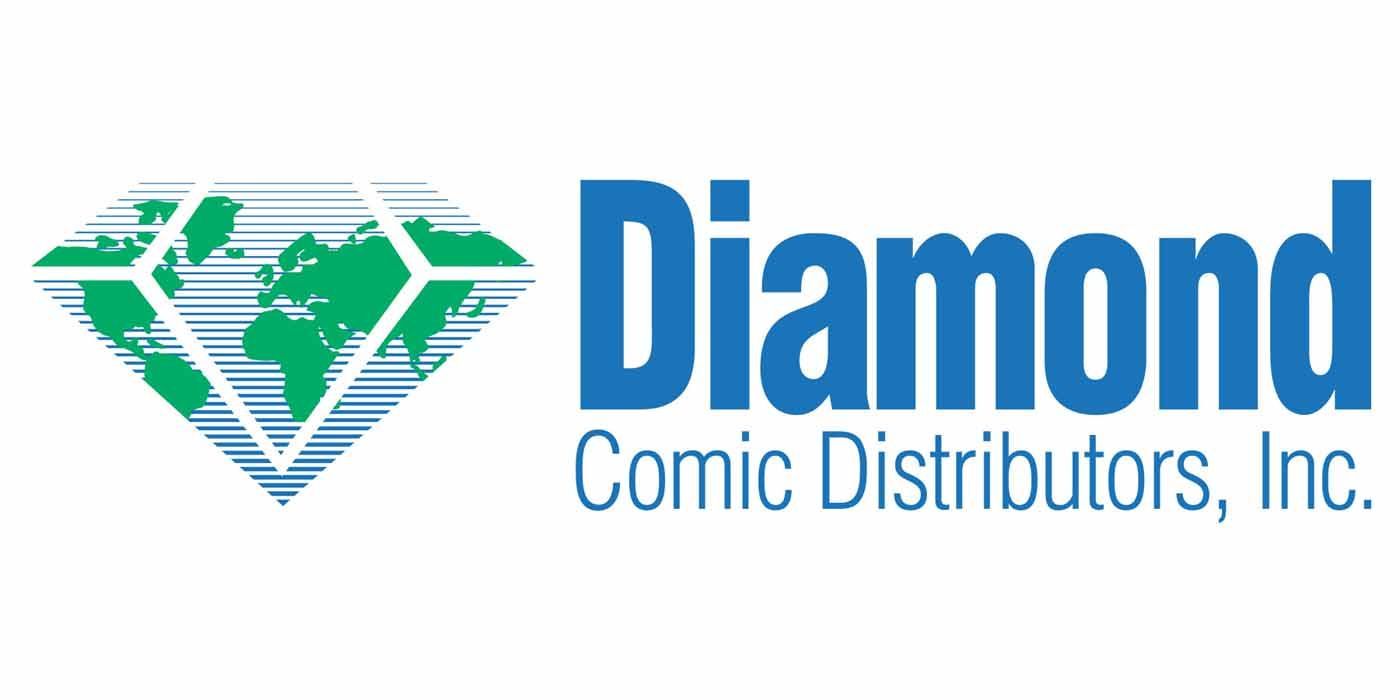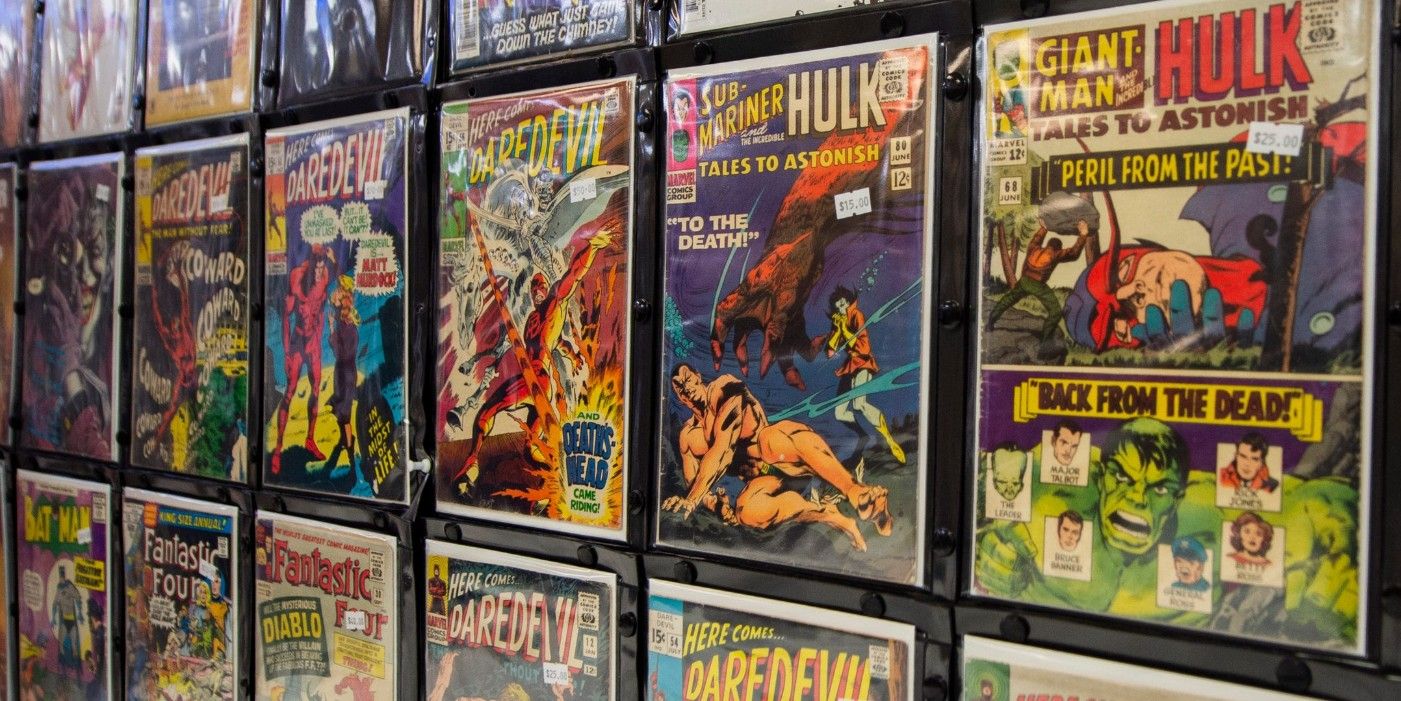Marvel Comics has announced they will be distributing their comic books to the direct market exclusively through Penguin Random House, the largest book publisher in North America. Previously, the company placed their product through Diamond Distributors. The news was greeted by a variety of reactions, but some comic fans may have experienced déjà vu when the announcement came through—in the mid-1990s, Marvel did a similar move, going exclusive through one distributor. This move had serious ramifications on the comic industry that are still being felt. The question is: will Marvel’s decision to go exclusive again have the same consequences this time around?
Before the rise of comic book shops in the 1970s, comics were purchased at newsstands and were thus distributed by companies that handled other types of periodicals. In time, as more comic stores appeared, companies that distributed solely to them were started as well. By the early 1990s, there were three primary comic book distributors in America: Diamond, Capital and Heroes World. In 1995, Marvel purchased Heroes World; retailers and fans speculated that the company would make Heroes World their exclusive distributor, and sure enough, that is what happened.
The impact was immediate, and other publishers such as DC were left scrambling; within months DC signed exclusively with Diamond. There were long-term ramifications as well: retailers were now forced to deal with at least two different distributors, which reduced the discounts they received. These discounts were based on the order size and having to go through multiple distributors had the effect of reducing the size and thus the discounts, forcing retailers to begin operating at a loss.
Marvel’s move also came at one of the most interesting, and lowest moments in comic history: the speculator-fueled market boom and bust of the early 1990s. Investors flooded the industry, buying multiple copies of books in hope of flipping them later for more money. As a result, companies published more titles with higher print runs, some going into the millions. Publishers also used a variety of gimmicks to boost sales, and finally, new publishers debuted and existing ones launched new imprints and shared universes. Comic book storylines such as "The Death of Superman" were covered in mainstream media outlets, adding fuel to the fire. In response, a plethora of new comic book shops sprung up, all wanting a piece of what looked to be a sure-fire deal. However, by the time Marvel bought Heroes World, the market was crashing; the speculators who had driven the industry’s explosive growth had left for greener pastures. Comics with print runs in the hundreds of thousands were now sitting unsold and hot ticket back issues were now worthless.
As a result of the market crash, many retailers were already feeling the pinch, and shops started going out of business even before Marvel bought Heroes World. But now, after the company’s purchase, the already-struggling stores were being forced to operate at even more of a loss, which pushed some over the edge. The shops that opened to make a quick buck were now gone.
Another result of Marvel’s acquisition of Heroes World was the fundamental change it led to in the direct market. As mentioned earlier, there were three primary comic book distributors, and when Marvel went exclusive with Heroes World, DC entered into a similar arrangement with Diamond, other publishers such as Image and Dark Horse followed soon after. A few smaller publishers went with Capital, but by 1996, the company had been bought out by Diamond. Heroes World went belly-up a few months later, and Marvel, now facing Chapter 11 bankruptcy, returned to Diamond, effectively giving the company a monopoly on comic book distribution. Investigations into the monopoly by the United States Justice Department were held, but nothing ever came of it.
The monopoly held until 2020, when DC comics withdrew from Diamond and began distributing their books to shops through other channels, using Penguin Random House to distribute graphic novels. This move was greeted with mixed reactions, as it came during the COVID-19 pandemic and was seen as potentially hurting retailers. Now Marvel has left Diamond as well; while retailers will be able to buy Marvel comics from Diamond, Diamond must buy them from Penguin Random House. Will history repeat itself this time? While nothing is foolproof and guaranteed, the variables are different than they were in the 1990s, and this may be what keeps Marvel’s move from being as catastrophic as it was last time.
First, there is no speculator-boom happening in the field. While comic book sales have yet to return to the level they enjoyed in the early 1990s, sales are still strong. Yet these sales aren't solely driven not by investors looking to get rich quickly, but by fans who love these characters. These fans are actually reading the comics they buy, and not hoarding dozens of copies based on the absurd notion they can put their kids through college on them. Second, Marvel is not actually purchasing the company and making them their exclusive distributor this go around.
The initial downside of Marvel’s decision is that retailers will once again be forced to deal with multiple distributors, and thus cutting into their bulk discounts. Diamond CEO Steve Geppi has pledged to work with retailers on their discounts, but time will tell how this will play out. Marvel’s move away from Diamond may be the spark that inspires other publishers to jump ship. The possibility exists that other publishers may not go with the same distributors, forcing shops to order from more than two companies, which would erode the discounts further and potentially force retailers out of business—giving us a repeat of the mid-90s again. It will be on Marvel, DC, Diamond, Penguin Random House, and others to create a system that will be fair to retailers.
Diamond’s monopoly on the comic book distribution business led to fun events such as Free Comic Book Day, but history has shown that monopolies are not good for business, as they stifle competition and innovation. How exactly Marvel’s (and to a lesser extent DC’s) decision to withdraw from Diamond will impact the industry in the long run will play out over the months and years ahead. And while the decision may make long-time fans and retailers a little nervous, there is reason to believe it may be different this time.



